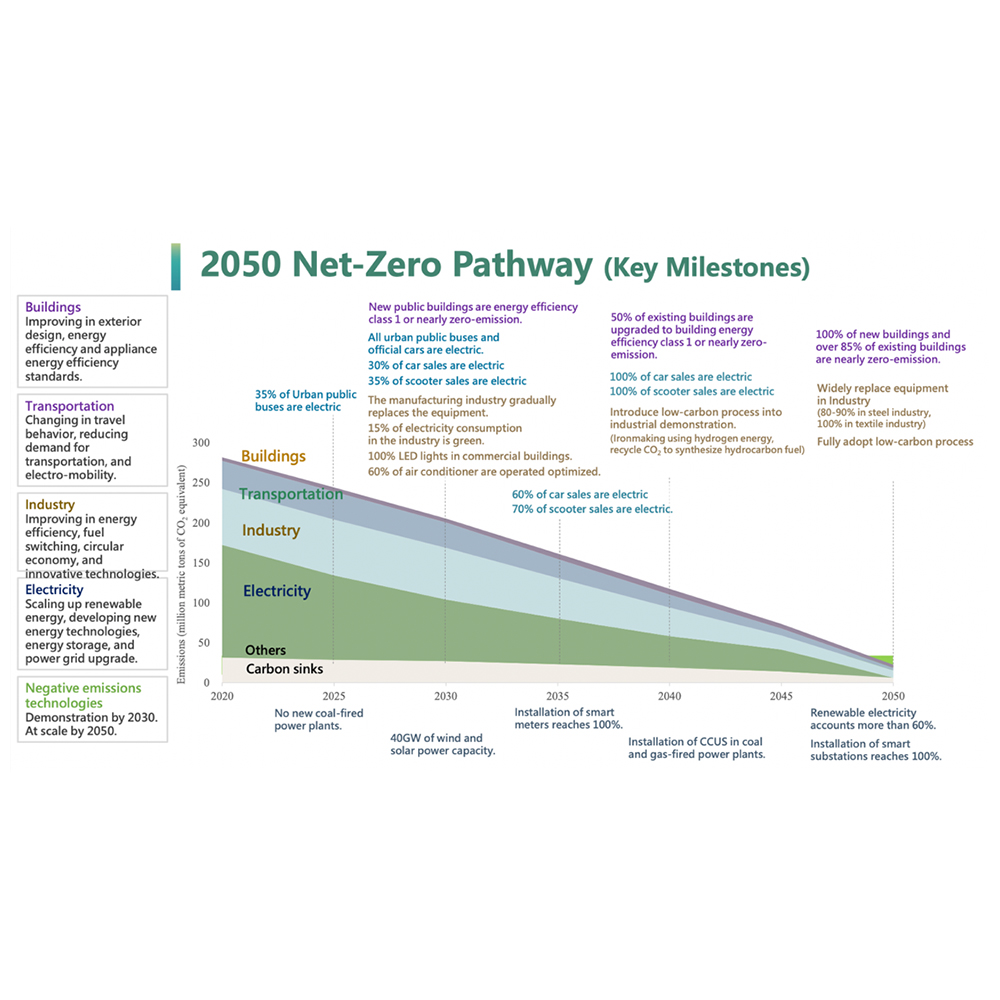Young Researcher Paper Award 2025
🥇Winners
🥇Winners
Print: ISSN 0914-4935
Online: ISSN 2435-0869
Sensors and Materials
is an international peer-reviewed open access journal to provide a forum for researchers working in multidisciplinary fields of sensing technology.
Online: ISSN 2435-0869
Sensors and Materials
is an international peer-reviewed open access journal to provide a forum for researchers working in multidisciplinary fields of sensing technology.
Tweets by Journal_SandM
Sensors and Materials
is covered by Science Citation Index Expanded (Clarivate Analytics), Scopus (Elsevier), and other databases.
Instructions to authors
English 日本語
Instructions for manuscript preparation
English 日本語
Template
English
Publisher
MYU K.K.
Sensors and Materials
1-23-3-303 Sendagi,
Bunkyo-ku, Tokyo 113-0022, Japan
Tel: 81-3-3827-8549
Fax: 81-3-3827-8547
MYU Research, a scientific publisher, seeks a native English-speaking proofreader with a scientific background. B.Sc. or higher degree is desirable. In-office position; work hours negotiable. Call 03-3827-8549 for further information.

MYU Research
(proofreading and recording)

MYU K.K.
(translation service)

The Art of Writing Scientific Papers
(How to write scientific papers)
(Japanese Only)
is covered by Science Citation Index Expanded (Clarivate Analytics), Scopus (Elsevier), and other databases.
Instructions to authors
English 日本語
Instructions for manuscript preparation
English 日本語
Template
English
Publisher
MYU K.K.
Sensors and Materials
1-23-3-303 Sendagi,
Bunkyo-ku, Tokyo 113-0022, Japan
Tel: 81-3-3827-8549
Fax: 81-3-3827-8547
MYU Research, a scientific publisher, seeks a native English-speaking proofreader with a scientific background. B.Sc. or higher degree is desirable. In-office position; work hours negotiable. Call 03-3827-8549 for further information.

MYU Research
(proofreading and recording)

MYU K.K.
(translation service)

The Art of Writing Scientific Papers
(How to write scientific papers)
(Japanese Only)
Sensors and Materials, Volume 37, Number 4(4) (2025)
Copyright(C) MYU K.K.
Copyright(C) MYU K.K.
|
pp. 1615-1638
S&M4009 Research Paper of Special Issue https://doi.org/10.18494/SAM5364 Published: April 30, 2025 Development of a Location-based Rapid Building Performance Simulation Tool Combined with Design of Experiment Method for Energy Efficiency Enhancement in Existing Healthcare Building Retrofitting [PDF] Su-Hua Chiu, Chen-Yu Chiang, Shin-Ku Lee, and Chen-Yu Chen (Received September 8, 2024; Accepted April 11, 2025) Keywords: net-zero carbon emission, healthcare building, building performance simulation tool, design of experiment
In this study, we address the critical challenge of enhancing energy efficiency in existing long-term care centers in Taiwan, aligning with the nation’s 2050 net-zero emissions goal while accommodating an aging population. We present a novel framework integrating the Building Energy Simulation and AnalysIs platform (BESTAI), a user-friendly building performance simulation tool, with JMP software for experimental design and statistical analysis. The methodology was applied to a case study of a typical Tier C long-term care facility in southern Taiwan. BESTAI demonstrated high accuracy with a less than 3% deviation from metered energy consumption. Four key factors were investigated: air conditioning efficiency, window-to-wall ratio, window U-value, and shading coefficient. Comparative analysis of full factorial, Taguchi, definitive screening design (DSD), and custom design experimental methods revealed that air conditioning efficiency and window shading coefficient were the most significant factors influencing building energy consumption. The DSD and Taguchi methods proved the most cost-effective, requiring only 11 and 9 trials, respectively, to achieve optimal solutions, compared with 81 trials for full factorial design. Regression models consistently identified the air conditioning system’s coefficient of performance as the most influential factor. The optimized configuration achieved a 47% reduction in electricity usage. This research provides a replicable model for rapid, accurate building energy analysis and optimization, which is crucial for Taiwan’s sustainable development in the face of climate change and demographic shifts. The findings offer valuable insights for policymakers and building managers in prioritizing energy efficiency measures in the long-term care sector. Future research can enhance this study’s optimization framework through sensor technology integration. Smart sensors can validate BESTAI simulation results in real time, with temperature and humidity sensors verifying heating, ventilation and air conditioning (HVAC) performance, occupancy sensors capturing usage patterns for demand-based control, and IoT power meters providing equipment-level consumption data. Thermographic imaging systems can monitor building envelope performance. This sensor-integrated approach can create a feedback loop between simulation predictions and actual performance metrics, enabling the continuous optimization of energy-saving strategies in long-term care facilities.
Corresponding author: Chen-Yu Chen  This work is licensed under a Creative Commons Attribution 4.0 International License. Cite this article Su-Hua Chiu, Chen-Yu Chiang, Shin-Ku Lee, and Chen-Yu Chen , Development of a Location-based Rapid Building Performance Simulation Tool Combined with Design of Experiment Method for Energy Efficiency Enhancement in Existing Healthcare Building Retrofitting, Sens. Mater., Vol. 37, No. 4, 2025, p. 1615-1638. |
Forthcoming Regular Issues
Forthcoming Special Issues
Special Issue on Novel Sensors, Materials, and Related Technologies on Artificial Intelligence of Things Applications
Guest editor, Teen-Hang Meen (National Formosa University), Wenbing Zhao (Cleveland State University), and Cheng-Fu Yang (National University of Kaohsiung)
Call for paper
Special Issue on Unique Physical Behavior at the Nano to Atomic Scales
Guest editor, Takahiro Namazu (Kyoto University of Advanced Science)
Call for paper
Special Issue on Support Systems for Human Environment Utilizing Sensor Technology and Image Processing Including AI
Guest editor, Takashi Oyabu (Nihonkai International Exchange Center)
Call for paper
Special Issue on Mobile Computing and Ubiquitous Networking for Smart Society
Guest editor, Akira Uchiyama (The University of Osaka) and Jaehoon Paul Jeong (Sungkyunkwan University)
Call for paper
Special Issue on Advanced Materials and Technologies for Sensor and Artificial- Intelligence-of-Things Applications (Selected Papers from ICASI 2026)
Guest editor, Sheng-Joue Young (National United University)
Conference website
Call for paper
Special Issue on Innovations in Multimodal Sensing for Intelligent Devices, Systems, and Applications
Guest editor, Jiahui Yu (Research scientist, Zhejiang University), Kairu Li (Professor, Shenyang University of Technology), Yinfeng Fang (Professor, Hangzhou Dianzi University), Chin Wei Hong (Professor, Tokyo Metropolitan University), Zhiqiang Zhang (Professor, University of Leeds)
Call for paper
-
For more information of Special Issues (click here)
-
Special Issue on Signal Collection, Processing, and System Integration in Automation Applications
- Accepted papers (click here)
- High-precision Autonomous Driving Map Quality Inspection Indicator System and Evaluation Method
Chengcheng Li, Ming Dong, Hongli Li, Xunwen Yu, Yongxuan Liu, and Chong Zhang
- High-precision Autonomous Driving Map Quality Inspection Indicator System and Evaluation Method
- Accepted papers (click here)
- Scalable Real-time Energy Monitoring, Analysis, and Optimization in Five-axis Machine Tools: An Industrial Internet of Energy-based Approach
Swami Nath Maurya, Kun-Ying Li, Windu Aditya Nur Faeza, and Yue-Feng Lin
- Scalable Real-time Energy Monitoring, Analysis, and Optimization in Five-axis Machine Tools: An Industrial Internet of Energy-based Approach
Guest editor, Hsiung-Cheng Lin (National Chin-Yi University of Technology)
Call for paper
Special Issue on Advanced Materials and Technologies for Sensor and Artificial- Intelligence-of-Things Applications (Selected Papers from ICASI 2025)
Guest editor, Sheng-Joue Young (National United University)
Conference website
Call for paper
Special Issue on Multisource Sensors for Geographic Spatiotemporal Analysis and Social Sensing Technology Part 5
Guest editor, Prof. Bogang Yang (Beijing Institute of Surveying and Mapping) and Prof. Xiang Lei Liu (Beijing University of Civil Engineering and Architecture)
Special Issue on Advanced GeoAI for Smart Cities: Novel Data Modeling with Multi-source Sensor Data
Guest editor, Prof. Changfeng Jing (China University of Geosciences Beijing)
Call for paper
Special Issue on Materials, Devices, Circuits, and Analytical Methods for Various Sensors (Selected Papers from ICSEVEN 2025)
Guest editor, Chien-Jung Huang (National University of Kaohsiung), Mu-Chun Wang (Minghsin University of Science and Technology), Shih-Hung Lin (Chung Shan Medical University), Ja-Hao Chen (Feng Chia University)
Conference website
Call for paper
Special Issue on Sensing and Data Analysis Technologies for Living Environment, Health Care, Production Management, and Engineering/Science Education Applications (2025)
Guest editor, Chien-Jung Huang (National University of Kaohsiung), Rey-Chue Hwang (I-Shou University), Ja-Hao Chen (Feng Chia University), Ba-Son Nguyen (Lac Hong University)
Call for paper
Special Issue on Advances in Sensors and Computational Intelligence for Industrial Applications
Guest editor, Chih-Hsien Hsia (National Ilan University)
Call for paper
Special Issue on AI-driven Sustainable Sensor Materials, Processes, and Circular Economy Applications
Guest editor, Shih-Chen Shi (National Cheng Kung University) and Tao-Hsing Chen (National Kaohsiung University of Science and Technology)
Call for paper
- Accepted papers (click here)
Copyright(C) MYU K.K. All Rights Reserved.
